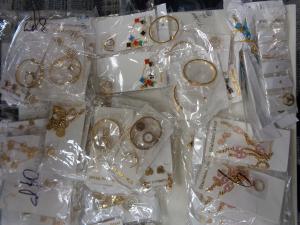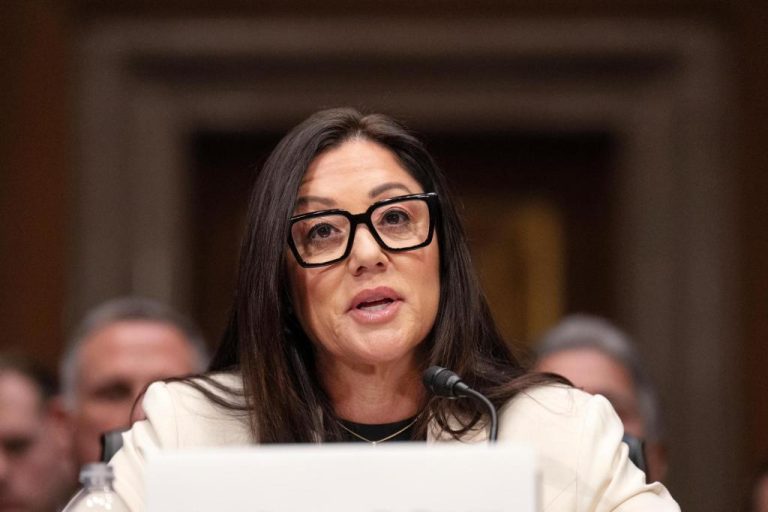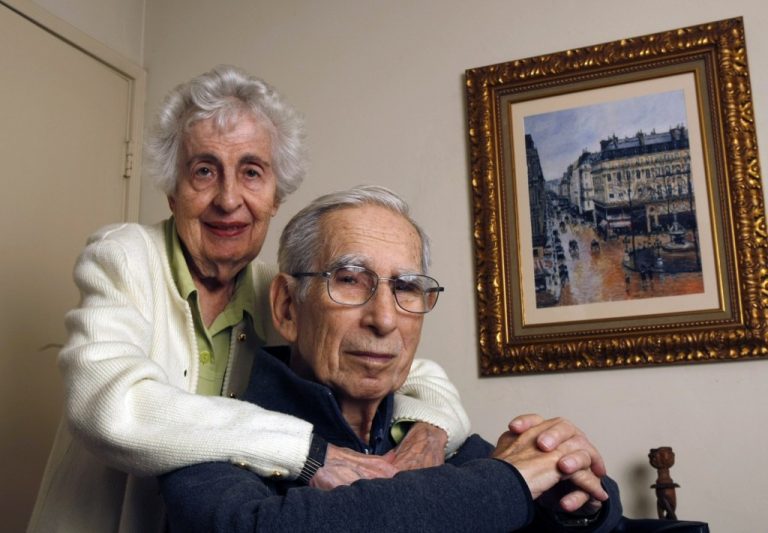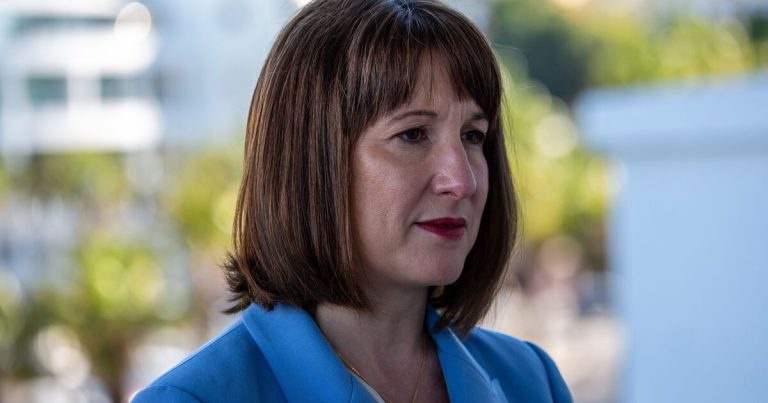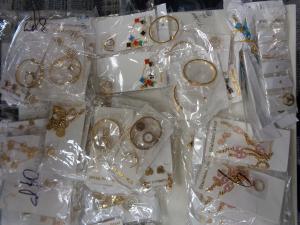
CINCINNATI– With the holidays approaching, counterfeiters will be targeting consumer’s pocketbooks as they shop for gifts during the holidays. What consumers likely don’t know is purchasing knockoffs provides funding to organized criminal organizations. From October 25 to October 28, U.S. Customs and Border Protection (CBP) officers in Cincinnati seized three shipments containing 795 pieces of counterfeit designer watches and jewelry. The items were deemed to be counterfeit by CBP’s Centers of Excellence and Expertise, the agency’s trade experts, and if genuine, would have had a combined Manufacturer’s Suggested Retail Price (MSRP) of $3.16 million.
The first shipment, arriving from Hong Kong, was seized October 25. When CBP officers examined the shipment to determine the admissibility of the goods they found 379 pieces of counterfeit jewelry displaying the logos of Louis Vuitton, Chanel, Van Cleef, Tory Burch, Christian Dior, Gucci, Cartier, Rolex, Tiffany, Michael Kors, Versace, Yves St Laurent, and Hermes. The items were comingled with other items which did not bear any trademarks or copyright violations, a common tactic used by counterfeiters to evade CBP detection. The shipment was heading to a residence in Kingsland, Texas, and had the items been real, would be worth over $724,000.
The next day, CBP officers seized another parcel originating from a different Hong Kong distributor, but heading to the same address in Kingsland, Texas. Examination revealed 206 counterfeit watches bearing the trademarks of Cartier, Rolex, Versace, Coach, and Tous. The total MSRP for this shipment would have been over $2 million, had these items been real.
The final shipment was intercepted on October 28 and was also from Hong Kong. Officers inspected the shipment and found 210 pieces of counterfeit jewelry with the registered trademarks of Van Cleef and Cartier. This shipment was heading to a residence in Doral, Florida, and if genuine, would have a MSRP more than $429,000.
All the items in these shipments were seized forbearing counterfeit trademarks, and the seizures were referred to Homeland Security Investigations, the investigating arm of the Department of Homeland Security, for further action.
Intellectual property is an important component of the U.S. economy, and LaFonda D. Sutton-Burke, Director, Field Operations, Chicago Field Office, emphasized the necessary role CBP plays in protecting the economy as well as consumer safety and health.
“No one buys a luxury brand watch or piece of jewelry expecting it to fail or fall apart. As consumers increasingly purchase from online or third-party vendors, our officers are at the frontline to guard against defrauders expecting to make money selling fake merchandise.”
CBP data indicates handbags, wallets, apparel, footwear, watches, jewelry, and consumer electronics are at a higher risk of being counterfeited. Counterfeit versions of popular brands are regularly sold through online marketplaces and at flea markets. Not only are counterfeit goods produced in unregulated and potentially exploitative environments in foreign countries, but the profits from their sales provide a funding stream to organized crime.
Nationwide during Fiscal Year 2022, CBP seized over 24.5 million shipments with Intellectual Property Rights violations worth just shy of $3 billion, had the goods been genuine. CBP protects citizens from unsafe and substandard products by seizing merchandise infringing on trademarks and copyrights recorded with CBP through the e-Recordation program https://iprr.cbp.gov/s/. CBP has established an educational initiative to raise consumer awareness about the consequences and dangers associated with the purchase of counterfeit and pirated goods. Information about the Truth Behind Counterfeits public awareness campaign can be found at https://www.cbp.gov/FakeGoodsRealDangers.
“To cut costs and maximize profits, counterfeit products are often made of inferior materials, are manufactured under uncontrolled and unsanitary conditions, and are labeled with false product information,” said Alrick Brooks Cincinnati’s Port Director.
Counterfeit goods can often be spotted by their inferior quality. Peeling labels, low-quality ink or printing errors on the packaging, and loosely packed items in the box can be signs the product you purchased may not be legitimate. Counterfeit apparel and handbags may feature poor or uneven stitching and improperly sized or designed logos. The performance of counterfeit electronics is often marked by short battery life and regular overheating.
Consumers can take simple steps to protect themselves and their families from counterfeit goods:
- Purchase goods directly from the trademark holder or from authorized retailers.
- When shopping online, read seller reviews and check for a working U.S. phone number and an address so you can contact the seller.
- Review CBP’s E-Commerce Counterfeit Awareness Guide for Consumers.
- Remember if the price of a product seems too good to be true, it probably is.
CBP’s border security mission is led at 328 ports of entry by CBP officers from the Office of Field Operations. Please visit CBP Ports of Entry to learn more about how CBP’s Office of Field Operations secures our nation’s borders. Learn more about CBP at www.CBP.gov.


